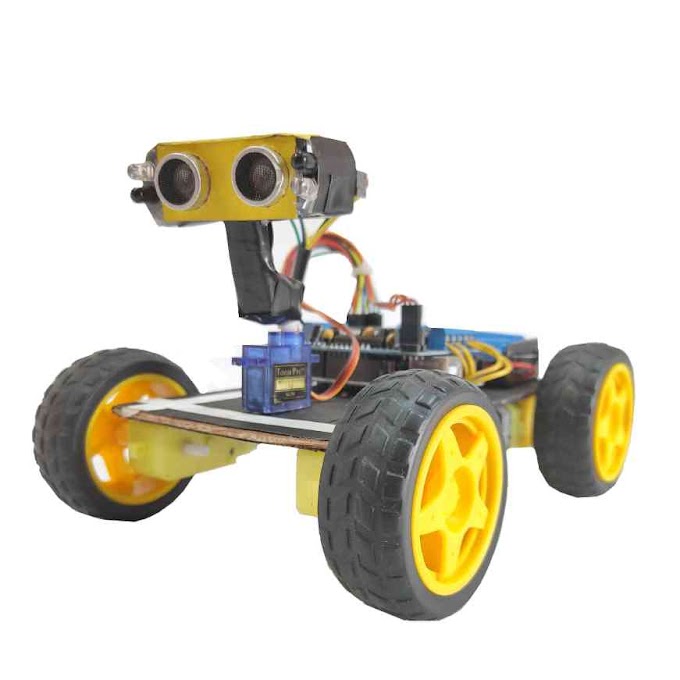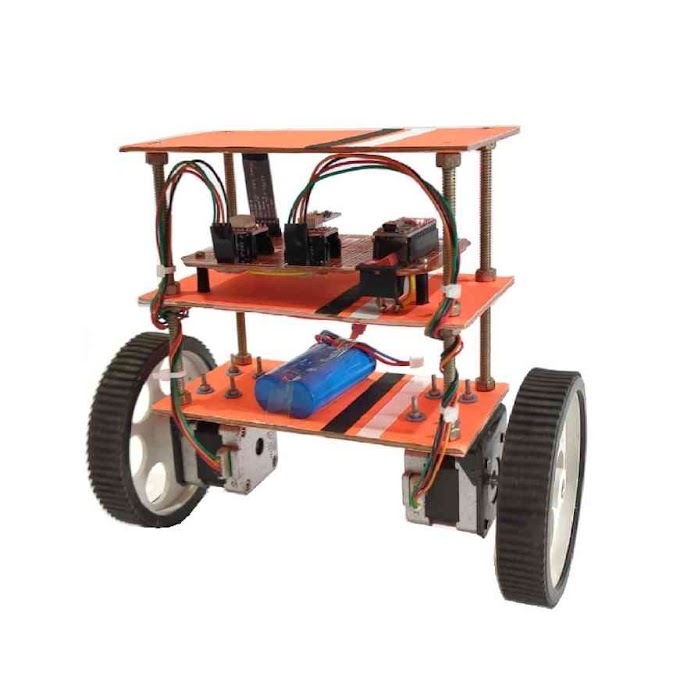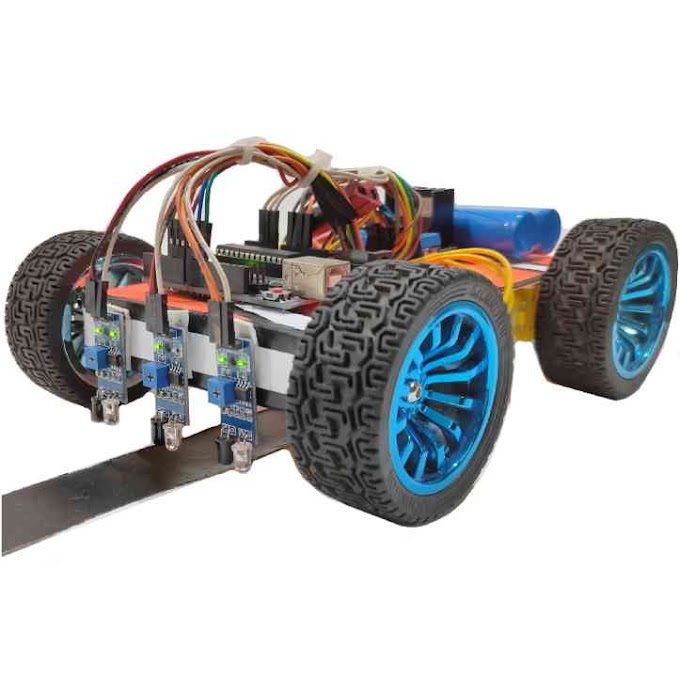How stepper motors are controlled?
Stepper
motors are the motor, which are rotating in a step by step manner. It means the
rotor of a stepper motor revolves step by step. By using stepper motor you can
do complex project work without any error. This stepper motors are controlled
by any microcontroller like arduino. Also a stepper motor driver is required to
operate the stepper motor along with the microcontroller.
Stepper motor is fully controllable by operator or not –
Stepper motors are fully controllable and it can be accessed at stepping level, which means one can control the each and every steps of stepper motor very easily. As we know that the rotor of a stepper motor rotates in a step by step manner, the operator can cover a specific distance by calculating the step length. Usually the step length of every type of stepper motor is different. This value of step length is available on the data sheet of every stepper motor. Once you get the value of step length, you can able to calculate the steps required to cover a specific range of distance. This feature of stepper motor makes it so unique and useful in many domains for several operations. For example - you can use the stepper motors for building the cnc, 3d printers, robotic arms etc.
What is meant by Microstepping in stepper motor?
The another interesting feature of stepper motor is micro stepping. Micro stepping of stepper motor makes everything so easy and perfect. By using the micro stepping option someone can avoid the errors occurred in distance calculation. There are many application of stepper motor, where a small error in distance cause a big discomfort. At that time micro stepping may help the developers from this error. By implementing it one can achieve one hundred percent accuracy in their projects.
Microstepping in stepper motor –
To implement the micro stepping you need to do some special connection in the stepper motor driver available to you. For demonstration I will use the A4988 stepper motor driver. In the A4988 driver you can see the micro stepping pin MS1, MS2 and MS3. Here MS stands for micro stepping.
To enable micro stepping you have to provide a positive 5 volt supply in the micro stepping pins MS1, MS2, MS3. In NEMA 17 stepper motors, there is a way of controlling the stepping ratio. Using the A4988 driver we can control the micro stepping in three possible ways. All the ways are listed below –
(1) When you are providing the positive 5 volt to MS1 pin and ground to MS2 and MS3 pin – The step of the stepper motor will be the half of it’s original value. For example, if one step of stepper motor covers “X” millimeter distance by default, then it will cover “X/2” millimeter distance after micro stepping.
(2) When you provide the positive 5 volt to MS1 and MS2 and ground to MS3 pin – The value of step length will be the 1/4 of it’s official value. This option is always recommended for micro stepping purpose in stepper motors.
(3) When you provide the positive 5 volt supply to all the micro stepping pins MS1, MS2 and MS3 – The value of step length will be 1/8 of it’s original value. This micro stepping is possible in high end stepper motors.
(4) When you provide the ground supply to all the micro stepping pins MS1, MS2 and MS3 – The micro stepping will be turned off. The stepper motor will rotate in it’s original (default) stepping length.
This are the basic details about the micro stepping in stepper motors. Remaining all the connections of stepper motor with the A4988 motor driver will be unchanged. To achieve full control over stepper motor micro stepping is absolutely necessary. This will provide a high quality and error free output.
Advantage of Microstepping in stepper motor –
The major advantage of micro stepping are improvement in resolution and smoothness in rotation. Also micro stepping helps to increase the speed of the stepper motor in a little percent.
Disadvantage of Microstepping in stepper motor –
Due to micro stepping the overall torque of the stepper motor may decrease. This is the main disadvantage of micro stepping in stepper motor.












